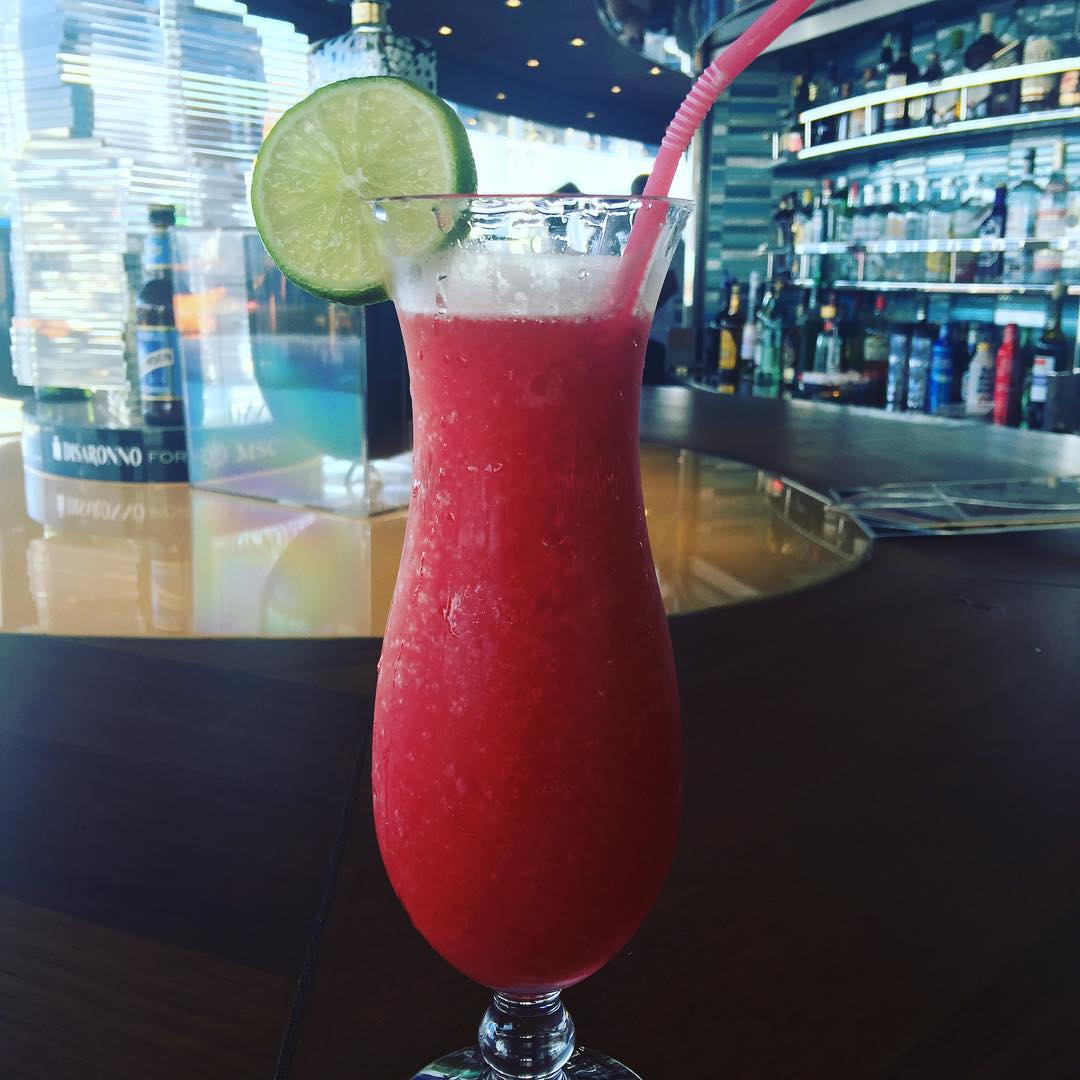If you’ve ever ventured down the rabbit hole of cruise forums or Facebook groups, you’ve probably seen the same question pop up repeatedly: “Is the water safe to drink on the ship?” And every time, there’s a collective facepalm from seasoned cruisers. So, let’s clear the air—er, water—once and for all.
Where Does Cruise Ship Water Come From?
First off, no, the water isn’t pumped straight from the ocean to your cabin sink! Cruise ships have sophisticated systems that take seawater and transform it into fresh, drinkable water. Most ships use a combination of distillation and reverse osmosis systems, but let’s break that down a bit for those of us who aren’t exactly engineers.
Distillation involves heating seawater until it turns into steam, which leaves all the nasty stuff behind. That steam is then cooled and turned back into liquid form—voila, fresh water! Reverse osmosis, on the other hand, pushes seawater through a fine membrane that catches all the impurities and salts, letting only the good H2O pass through.
But Is It Treated? You Betcha!
If you thought cruise ship water was just boiled ocean water, think again. Once the seawater is converted to fresh water, it’s treated to ensure it meets strict safety standards. The water goes through a chlorination process—much like the water that comes out of your faucet at home. Chlorine levels are carefully monitored to kill any bacteria or viruses, ensuring it’s safe for you to drink, brush your teeth, shower, or make that lukewarm cup of in-cabin coffee that always tastes better on vacation.
Oh, and if you’re thinking, “But what about all that sea life and fish poop in the ocean?” — well, yes, seawater does come from the ocean. But after it goes through distillation, reverse osmosis, filtration, and chlorination, you’re not sipping on mermaid bathwater.

How Often Is the Water Tested?
Cruise ships operate under strict international regulations, such as those set by the International Maritime Organization (IMO) and the Centers for Disease Control and Prevention (CDC) in the United States. These rules are not just suggestions; they are mandatory. Cruise lines must regularly test the water for bacteria, chemicals, and other potential contaminants. You’ll often find cruise staff taking samples and running tests multiple times daily to ensure that everything is shipshape (pun absolutely intended).
So Why Do People Still Ask This Question?
Let’s address the big question here—why do so many people still question whether the water is safe to drink on cruise ships? Maybe it’s because some travelers are used to avoiding tap water when visiting certain countries. Others might have had a bad experience in the past, or they could just be wary of being away from their trusted bottle of Evian.
But the truth is, the water on a cruise ship is likely better regulated and monitored than the tap water in many cities around the world. It’s like asking if the food in the main dining room is safe to eat—uh, yeah, they didn’t pull that steak out of a freezer from 1983.
Filtered Water and Bottled Water Options
Now, for those still not convinced, some cruise lines also offer filtered water stations throughout the ship. The water from these stations goes through additional filtration and is often available for free. For those who can’t resist the peace of mind that comes with a plastic bottle, most ships have bottled water for purchase as well. However, the environmentally conscious cruiser might want to skip the plastic and refill their own bottle at the hydration stations.
But What About the Ice?
Oh yes, the age-old ice question. Well, here’s a shocker—the ice is made from the same water that goes through the whole distillation, filtration, and chlorination process. So, unless you’re worried about some shipboard magic that contaminates the water between the tap and the freezer, rest easy knowing your cocktail ice is just as safe.

Debunking the Myths: Waterborne Illnesses on Cruise Ships
Let’s tackle another myth: waterborne illnesses. Norovirus outbreaks on cruise ships often get sensationalized, but they rarely, if ever, come from the water. Norovirus is typically spread from person to person or by touching contaminated surfaces—not by drinking water. So, while you should still wash your hands like your mom taught you, sipping on the ship’s water isn’t going to be the culprit.
A Little H2O Trivia for Your Next Cruise
As we wrap up a look at cruise ship tap water, I’ll leave you with a fun fact to whip out at your next dinner table chat on the Lido Deck: The average cruise ship produces about 400,000 to 1 million gallons of fresh water per day. That’s a lot of hydration for your water aerobics class and endless poolside lounging!
